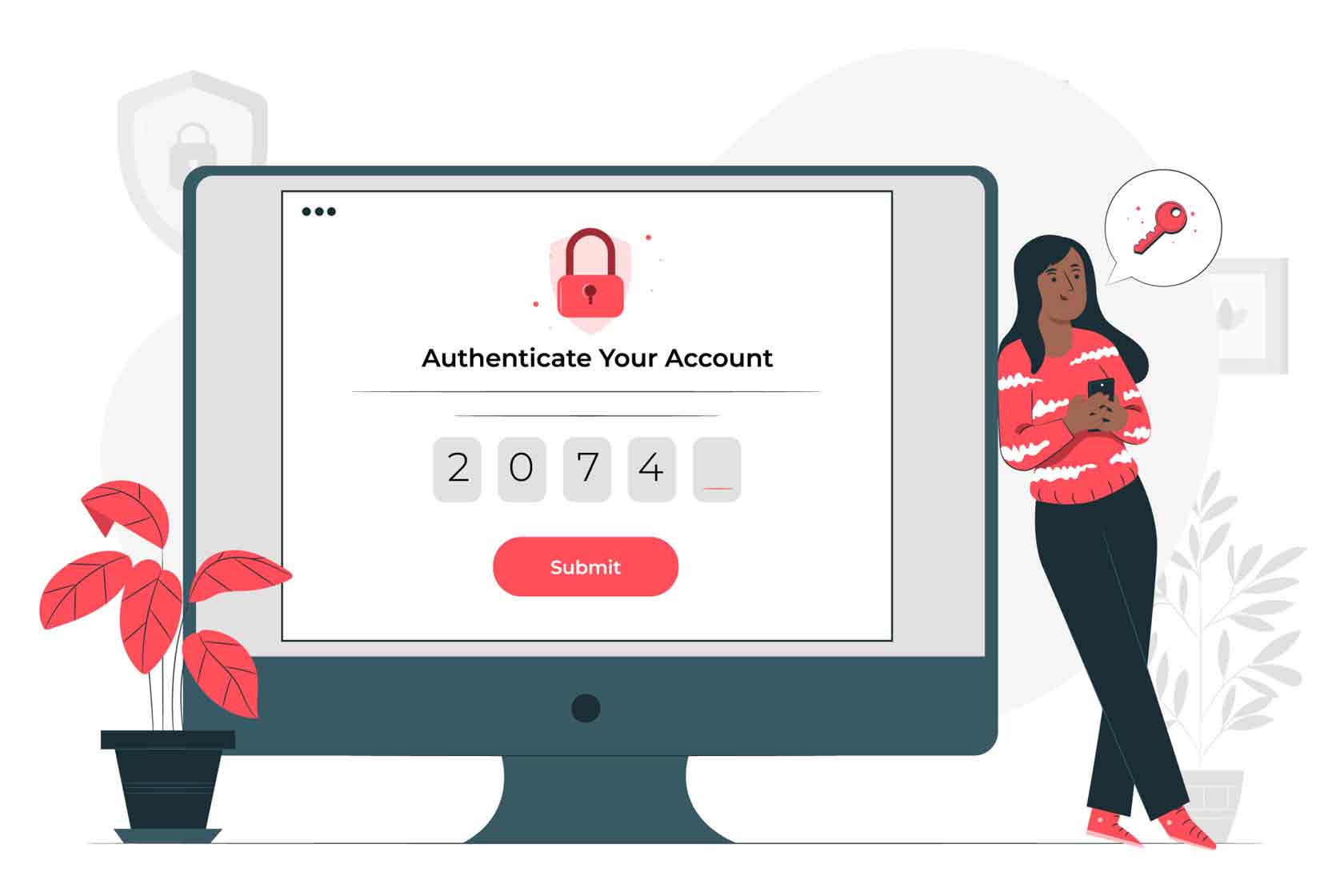The rise in high profile breaches, which include compromised privileged credentials, has led organizations to turn to MFA or multi-factor authentication for user validations. As digital transformation witnesses an uptake among organizations worldwide, resulting in widespread adoption of the cloud, privileged access management (PAM) is consistently being implemented across the infrastructure for ensuring compatible controls.
Recently, nearly 27% of external attacks have been carried out through stolen credentials, according to Forrester. Multi-factor authentication is an integral part of PAM, which enables risk reduction in remote access to networks, systems, or devices. By combining key aspects authentication, MFA is established. These aspects include
- Passwords or code words, anything that organizations can remember to perform authentication.
- Physical objects, namely token devices, USB drives, smartphones, keys, etc.,
- Biometrics, such as fingerprints, retina scans, voice verification, etc.
MFA-Integrated PAM: Maximizing the Protection of Privileged Credentials
A robust defence is a must-have for protection of valuable assets against compromised privileged accounts. By integrating multi-factor authentication with privileged access management, organizations are able to step up their information protection efforts by implementing best practices to manage privileged credentials. Key best practices to achieve this have been described below.
Central Management
Combining effective identity governance solutions and multi-factor authentication with PAM allows organizations to build capabilities beyond protection of privileged accounts. It enables them to achieve a unified view of credentials and access activities associated with respective accounts. This not only allows organizations to ensure a secure privileged access but also manage the credentials accurately while consistently remaining compliant with regulatory requirements.
Safety
Suspicious user behaviours identified through risk analytics necessitate additional authentication. This helps organizations in strengthening the safety of the privileged credentials while preventing them from barricading legitimate users. Various ways of MFA, including not just the software and hardware tokens but the one-time passwords as well, further complements the process of strengthening the safety of information.
Security
The management tools and password vaults apropos of the administrative access to privileged credentials depend upon the passwords and usernames. It is necessary that organizations up the level of security with multiple layers based on the criticality of resources being protected. MFA mandates the provision of additional proof from users, working with PAM for ensuring access to the right users.
Deployment of Multi-Factor Authentication
For better risk mitigation and security, organizations must uniformly deploy MFA across their entire workforce. Here, exceptions remain, including the partners and legacy systems. On the other hand, organizations can choose to deploy MFA through targeted models, such as stepping up the authentication while resetting passwords or flagged activities. Sometimes, the organizations can also deploy multi-factor authentication for high-risk applications and databases or the cohort of high-risk credentials.
As cyberattacks continue to grow sophisticated, integrating modern methods of MFA with PAM capabilities has become imperative. By doing so, organizations are highly likely to access resources or applications as privileged users. MFA enables a strong defence against account takeovers, which is an increasingly common practice of cyberattackers. Cloud-based multi-factor authentication delivers support for robust security, balancing user-experience and cost.
To Sum Up
All methods of authentication can possibly be breached and developing countermeasures for identifying and resolving potential breach vectors is indispensable. MFA that is well-conceived and integrated with privileged access management will help organizations eliminate threats of cyberattacks for businesses that are ever dependent on authentication for their virtual infrastructure and cloud services.

